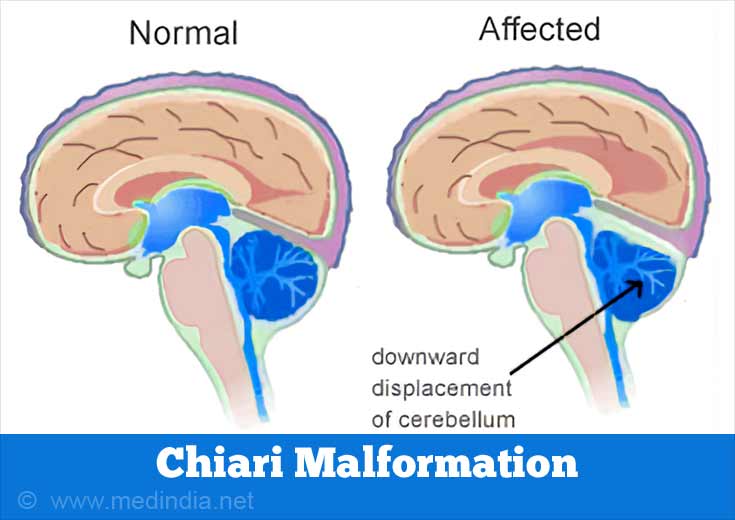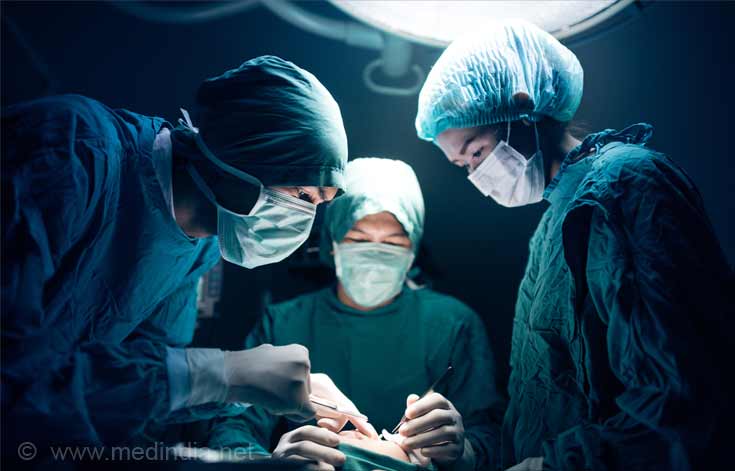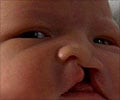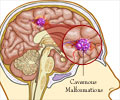- Chiari Malformation Fact Sheet - (http://www.ninds.nih.gov/disorders/chiari/detail_chiari.htm)
- About Chiari Malformation - (http://www.columbianeurosurgery.org/conditions/chiari-malformation/)
- Chiari Malformation - (http://www.webmd.com/migraines-headaches/arnold-chiari-malformation-10486)
About
Chiari Malformation is a group of complex

The lower part of the brain contains some vital structures. The brainstem connects the brain with the spinal cord, which then moves out of the skull through an opening called the foramen magnum. The part of the brain behind the brainstem is necessary to maintain balance. This part is referred to as the cerebellum.
In Chiari Malformation, the cerebellum, which is normally located within the skull, is pushed out of the skull at its base and into the spinal canal.
Chiari Malformation may affect the circulation of cerebrospinal fluid (the fluid that bathes the brain and spinal cord) and may be associated with increased pressure in the head. This pressure can cause the skull of a child to expand and result in a condition called hydrocephalus. It could also cause accumulation of fluid in the spinal canal resulting in the formation of a cyst, the condition referred to as syringomyelia.
What are the Types of Chiari Malformation?
Depending upon the structural defect and the severity of the disorder, Chiari Malformation is classified into the following types:
Type I: This is the most common form of Chiari Malformation that is usually detected in adolescence or adulthood. In this type of malformation, the lower part of the cerebellum is pushed out through the foramen magnum. This condition is often diagnosed during routine tests and usually does not cause any symptoms. The spine may appear more curved than normal.
Type II: This is the most classic form of Chiari Malformation and is referred to as Arnold Chiari Malformation. In this type of malformation, a part of the brainstem and the cerebellum moves out of the skull through the foramen magnum. The part, which connects the two halves of the cerebellum, may also be absent. The backbone may also not develop well, which results in a bulge containing the spinal cord at the back of the head. This defect is called a meningomyelocoele, and may be associated with partial or complete paralysis.
Type III: This type of malformation is considered to be the most severe form of Chiari Malformation and is associated with protrusion of the cerebellum, brain stem and sometimes a part of the fourth ventricle of the brain through the foramen magnum.
Type IV: This is a rare form of malformation, in which there is underdevelopment of the cerebellum.
Type O: This type of malformation is being studied and not yet established. The patient shows symptoms of Chiari Malformation like headache but has no significant brain defects.
What are the Causes of Chiari Malformation?
The exact cause of Chiari Malformation is unknown. It could be due to genetic abnormalities in the baby. It could occur due to some abnormality during fetal development which affects the growth and development of brain.

Exposure of a woman to certain factors could increase the risk of the child developing Chiari Malformation. These factors include-
- Harmful chemicals
- Inadequate diet and nutrition
- Infection
- Drug abuse or alcohol consumption

What are the Symptoms of Chiari Malformation?
Symptoms of Chiari Malformation include-
- Headache

- Neck pain
- Vision and hearing problems
- Muscle weakness
- Difficulty in swallowing
- Poor motor skills like poor hand co-ordination
- Problems with balance
- Numbness in the arms or legs
How can we Diagnose Chiari Malformation?
Chiari Malformation is diagnosed by a doctor during physical examination and with the help of certain diagnostic tests like-
- X-rays
- CT scans (computed tomography)

- MRI scans (magnetic resonance imaging)
How can Chiari Malformation be Treated?
Treatment of Chiari Malformation is mainly surgical. The child will require regular monitoring and support as he/she grows up to deal with the consequences of the condition.












